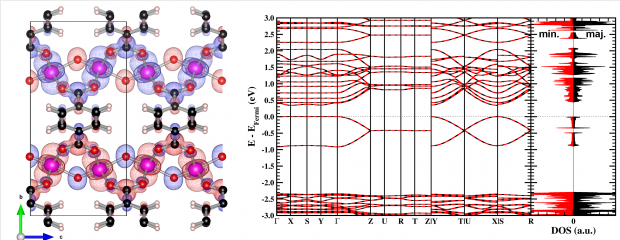Efficient description of strongly correlated electrons with mean-field cost
Abstract
We present an efficient approach to the electron correlation problem that is well suited for strongly interacting many-body systems, but requires only mean-field-like computational cost. The performance of our approach is illustrated for one-dimensional Hubbard rings with different numbers of sites, and for the nonrelativistic quantum-chemical Hamiltonian exploring the symmetric dissociation of the H-50 hydrogen chain.
 Open Access version available at UGent repository
Open Access version available at UGent repository
